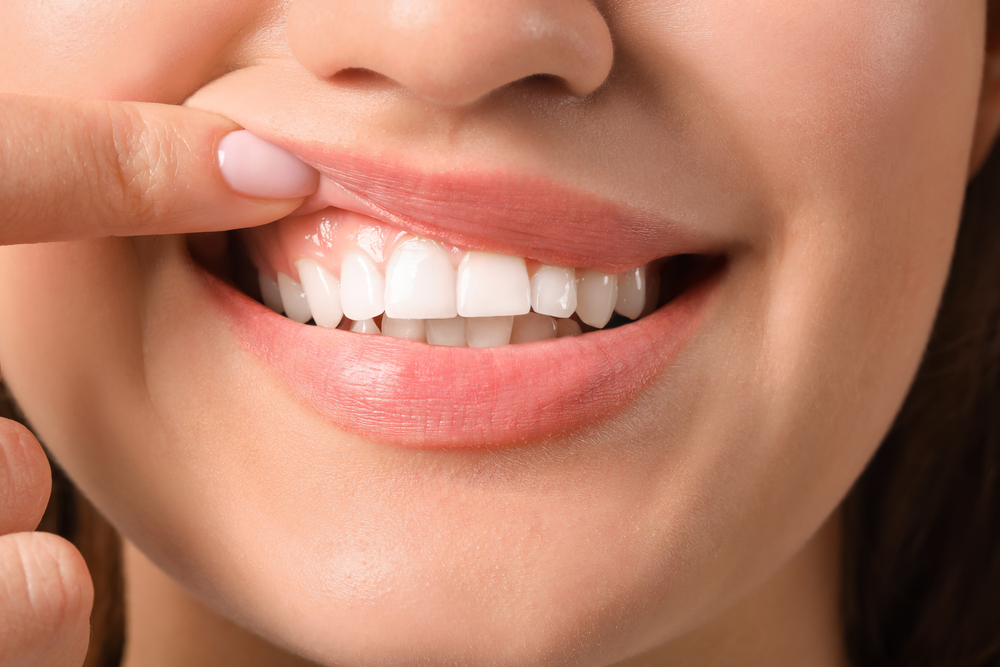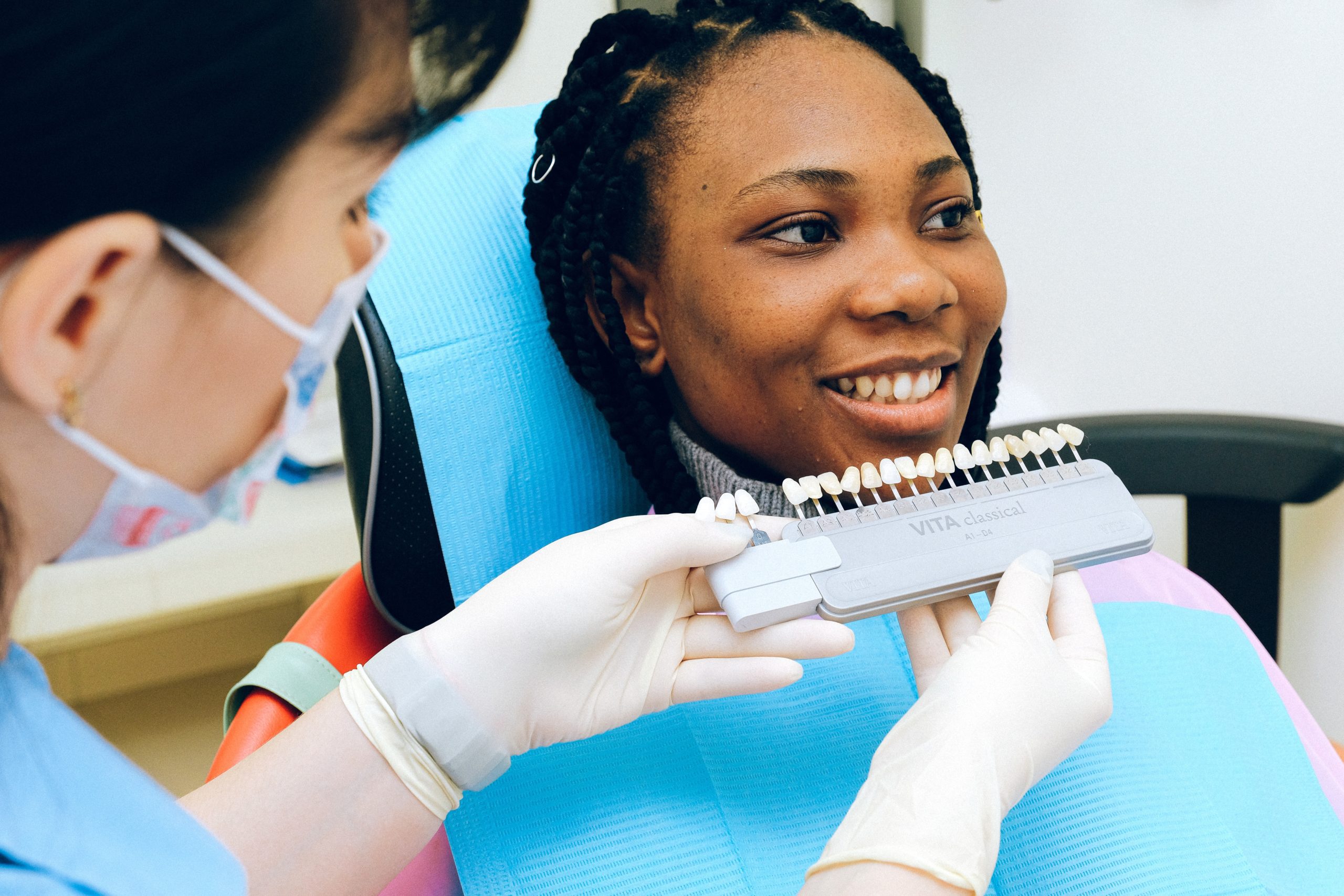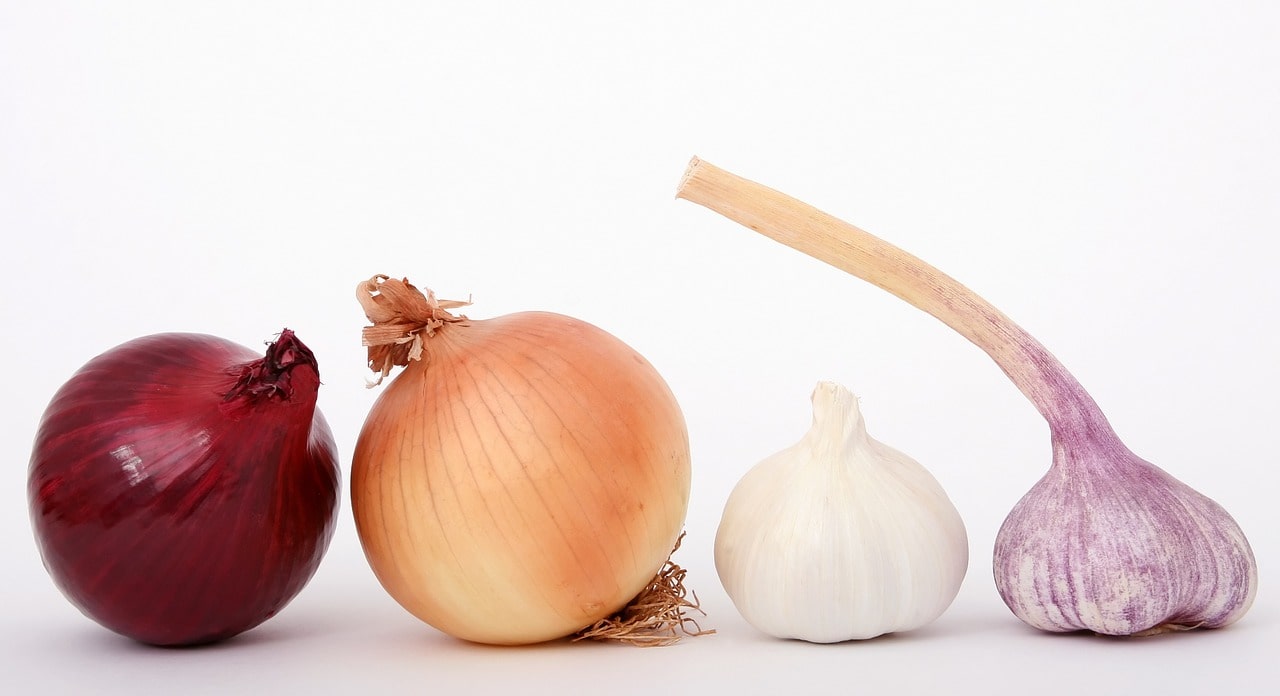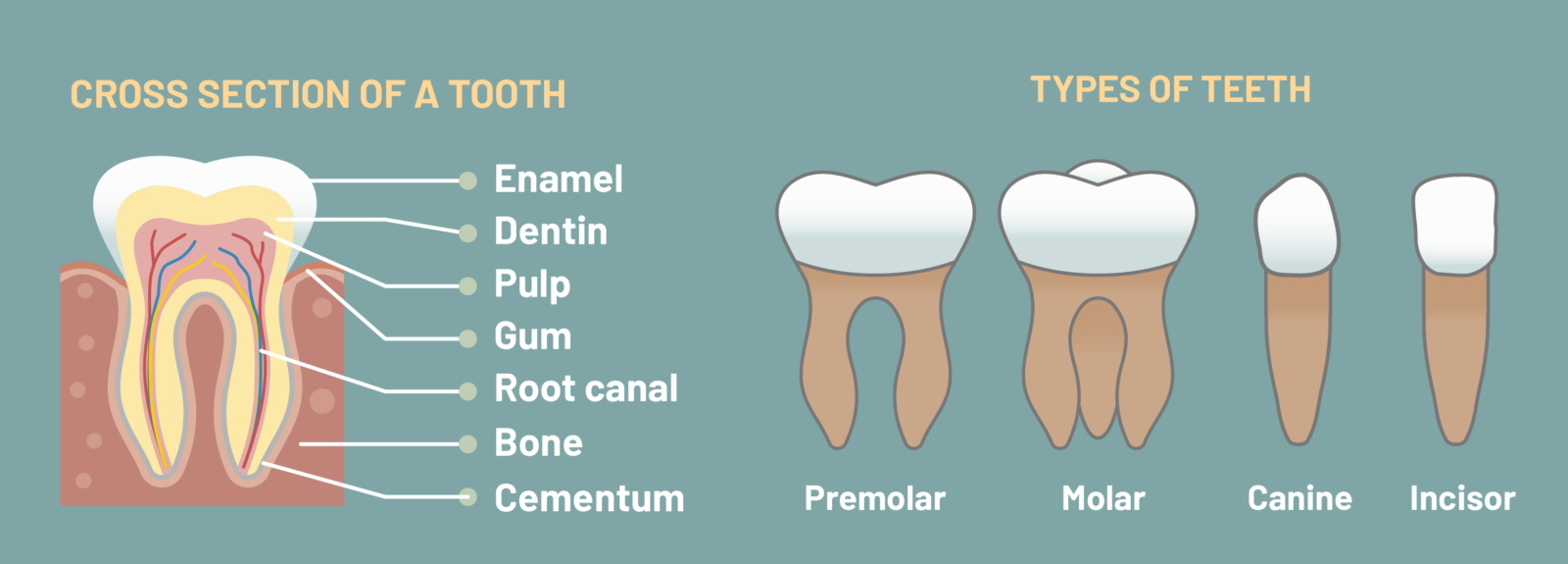The phrase long in the tooth is often used to describe someone who is getting older and refers to the fact that teeth can sometimes appear longer as we age. This is due to gum recession, exposing more of the natural tooth, so it looks longer than before and is certainly not age-related. Anyone can develop receding gums, a common problem that we frequently see at Tandara Dental Centre.
What Are Receding Gums?
When your gums are strong and healthy, they should fit snugly around your teeth, framing them nicely, protecting and preserving them, and creating a seal that prevents harmful substances like bacteria from penetrating your gums. If your gums begin to recede, it exposes the tooth roots.
Why Are Receding Gums Bad?
While your teeth are covered in tough tooth enamel that helps to protect them, tooth roots are only covered in a softer substance called cementum. Cementum is easily brushed or worn away, exposing the dentine underneath. Dentine is even softer and more easily damaged. At the same time, the exposed tooth roots are at increased risk of becoming decayed without the protection of cementum.
One of the first signs of gum recession is noticing your teeth have become more sensitive, especially when you eat or drink anything hot or cold or foods that are sweet or sour. Breathing in on a cold day may start to make your teeth twinge. Without the support of your gums, there is also a greater risk of tooth loss. This is often because receding gums are due to a condition called periodontal disease or gum disease, a bacterial infection that destroys the gums before beginning to destroy other supporting structures around your teeth, including bone and ligaments. Signs of gum disease include gums that frequently bleed or look swollen and tender and persistent bad breath.
Regular visitors to Tandara Dental Centre will know we take good gum health very seriously. We can provide appropriate care for periodontal disease if we find signs of gum recession or if you think your gums may be receding. Our hygienist is very experienced in treating this condition, working closely with our dentists to manage gum disease so you can enjoy the benefits of healthy gums. Treatments aimed to remove the bacterial infection deep inside your gums, sometimes using topical medication to speed recovery. However, periodontal disease can lead to permanent gum loss.
Sometimes gum recession can be due to other factors, such as brushing your teeth too hard or using a hard-bristled toothbrush. Some people have naturally thinner gum tissue than others. Whatever the reason, receding gums put your dental health at risk, and this is when gum grafting can help.
Does Gum Grafting Help Receding Gums?
Gum grafting is a receding gums treatment that helps restore missing gum tissue, covering exposed tooth roots. The procedure is very straightforward and involves taking a small piece of tissue from nearby healthy gums or the roof of your mouth. The tissue is then attached or grafted onto the receding gum. Once healed, the new gum tissue will protect and preserve your teeth. The result is gums that look healthier, restoring the protective seal around your teeth, and gums also look more aesthetically pleasing.
Who Can Help with Treatment?
Initially, we can definitely help with problems affecting your gum health. Our dentist can examine your gums, determine the degree of gum recession and talk to you about your treatment options. We might recommend seeing a periodontist, meaning it is preferable to see a specialist with advanced knowledge and experience in gum grafting techniques. A periodontist is a dental specialist with years of additional training in treating problems affecting the gums and other structures surrounding your teeth.
What Are the Different Types of Gum Grafts?
There are three kinds of gum grafts available. These are free gingival grafts, connective tissue grafts, and pedicle grafts.
Free Gingival Graft
A free gingival graft involves removing a small piece of the top layer of tissue from the upper palate or roof of your mouth before stitching it onto the gum that requires a graft. It’s usually the treatment of choice for people who have naturally thinner gums and need more tissue for grafting.
Connective Tissue Grafts
During this procedure, a small opening is made in the upper palate or roof of your mouth. Your dentist or periodontist can then remove some of the connective tissue just underneath the top layer of tissue before this opening is stitched shut. The connective tissue is then stitched over the gum requiring a graft. Most gum graft procedures use a connective tissue graft.
Pedicle Graft
A pedicle graft is sometimes called a lateral graft because the gum tissue is moved sideways and can be a good option for people with a good supply of healthy gum tissue near the exposed tooth root. During this treatment, a small section of tissue is cut away from a nearby gum, but one edge is left attached. Your dentist or periodontist will carefully stretch the tissue over the deficient area, covering the tooth root before stitching the tissue in place.
While gum tissue from your mouth is the best option, ensuring the tissue is biocompatible, sometimes it’s necessary to use donor tissue from a tissue bank.
What to Expect When You Have Gum Graft Surgery?
Once your choice of gum graft has been selected, you don’t need to do much preparation for this procedure. We may take photos so you can see the gum graft before and after, and it’s a great way to show you how much healthier your gums look. It can be helpful to have a family member or friend drive you to and from your appointment, as you will need pain medication, and some people may prefer to have sedation dentistry. After the procedure is completed, you will be able to return home immediately, and we will give you lots of information and advice on how to look after your mouth while the graft heals.
Initially, at least for the first week or two, try to stick to a softer diet like scrambled eggs, ice cream, cooked vegetables and cottage cheese, and avoid foods that are hot or hard as they could irritate or damage your gum graft. You may need to use an antimicrobial mouthwash to prevent infection, and you should avoid brushing and flossing around the gum graft until we say it is safe to do so. Usually, any pain or discomfort is easily controlled with over-the-counter pain medication. If you have a gum graft from a tissue bank, discomfort is likely to be reduced as there is no additional surgery site to heal.
How Long Does It Take for Gums to Heal after a Gum Graft?
Your gums should heal quite quickly within a week or two, although complete healing might take a bit longer. Generally, a follow-up appointment is necessary so we can check your gums are healing nicely.
How Much Will a Gum Graft Cost?
Gum graft costs in Australia can vary from a few hundred to several thousand dollars. If you have dental insurance, this procedure may be covered. Even though gum grafting costs may seem high, it can help prevent tooth loss and protects your oral health, so it is a good investment in your dental health and could help you to save money in the longer term.










